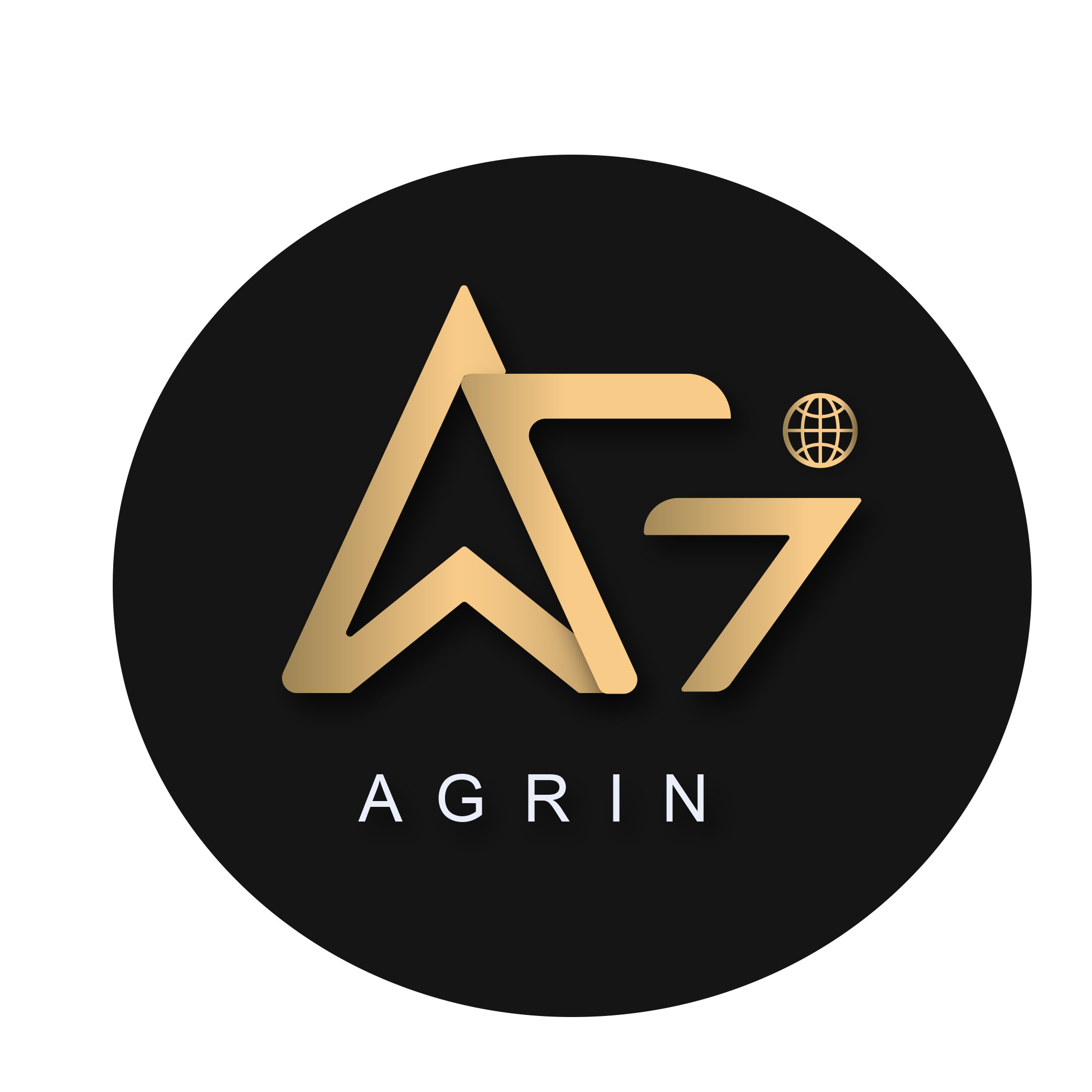There are several tools that business analysts use to gather and analyze data, including:
-
Interviews: This is a common method of gathering information from stakeholders and subject matter experts. It allows the business analyst to gain a deeper understanding of the organization's operations, processes, and requirements.
-
Surveys: Surveys can be used to gather information from a large number of people in a short amount of time. They can be distributed online or in person, and can include both open-ended and closed-ended questions.
-
Document analysis: This method involves reviewing existing documents, such as policies, procedures, and reports, to gain an understanding of the organization's current state.
-
Flowcharting and process mapping: These tools are used to visualize and document business processes. They can help to identify bottlenecks, inefficiencies, and opportunities for improvement.
-
Mind mapping: Mind maps can be used to organize and visualize ideas and information. They are useful for brainstorming and identifying relationships between different pieces of information.
-
SWOT analysis: SWOT analysis is a strategic planning tool that helps to identify the strengths, weaknesses, opportunities and threats of an organization.
-
Cost-benefit analysis: This method is used to evaluate the potential financial impact of a proposed solution. It compares the costs of a solution to the potential benefits, in order to determine whether or not the solution is economically viable.
-
Business process modeling notation (BPMN) : it is a standard notation for modeling business process, widely used in the industry.
These are some of the most common tools used by business analysts, however the choice of tool depends on the specific project and the organization's needs.

